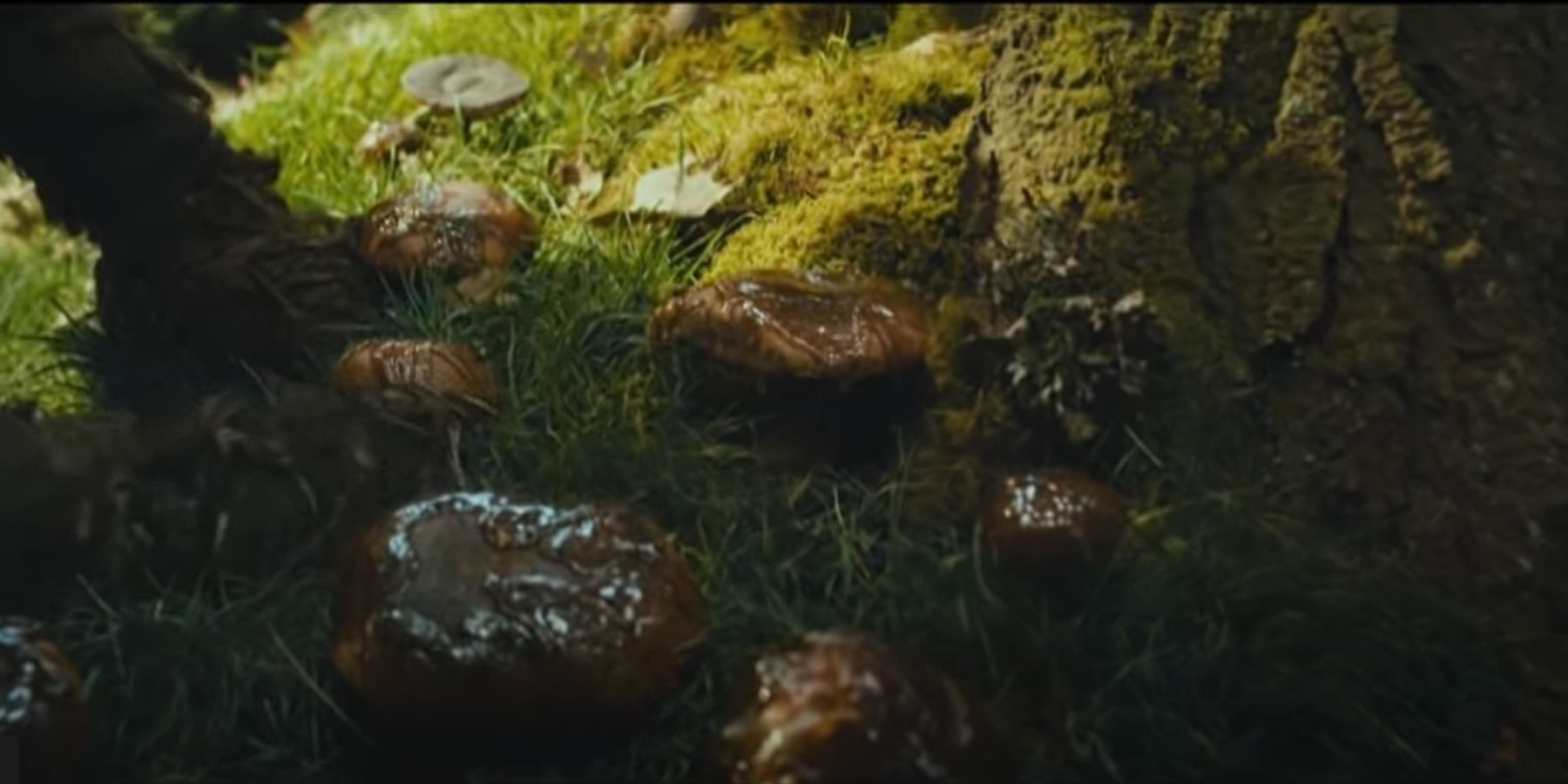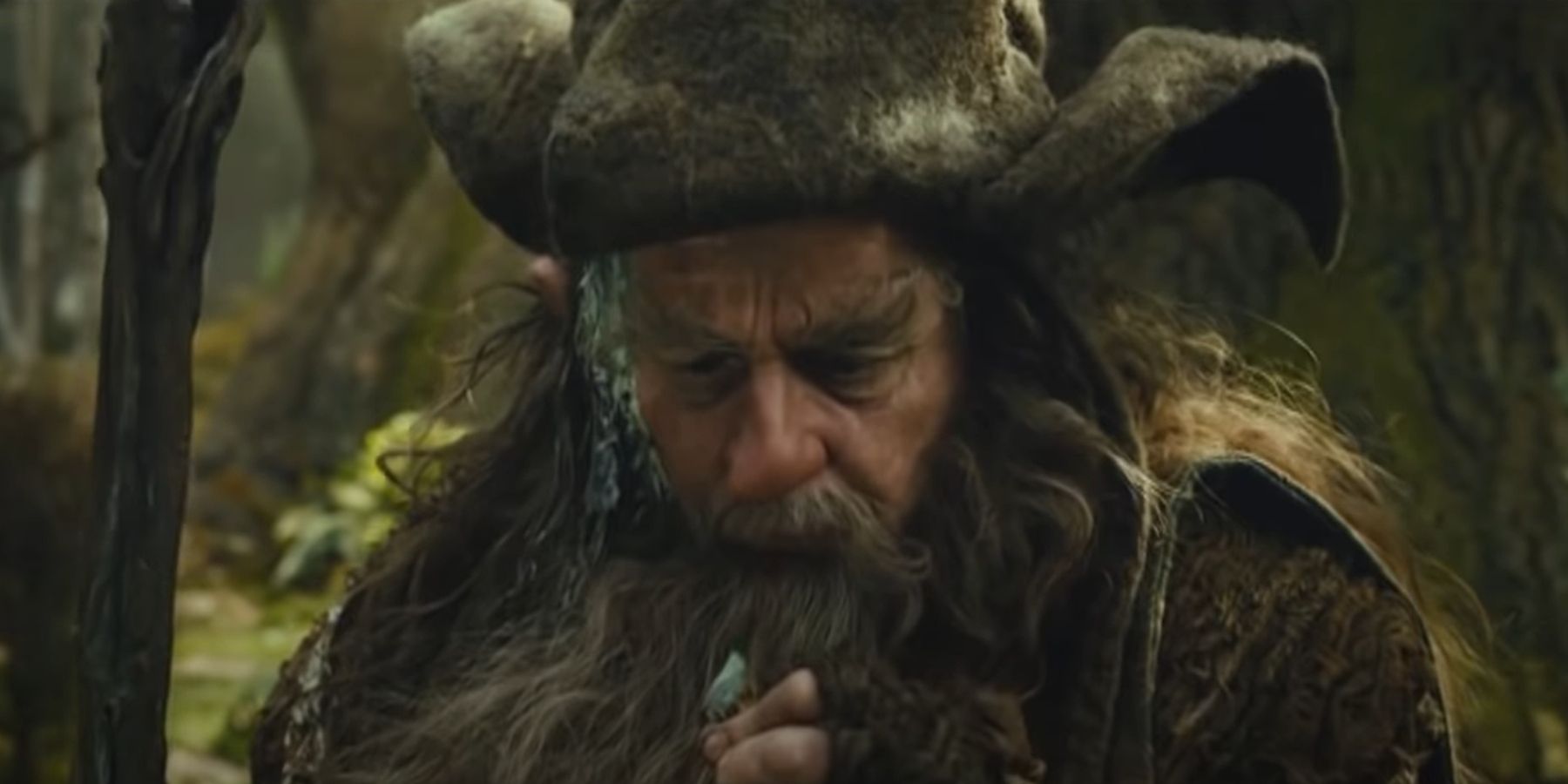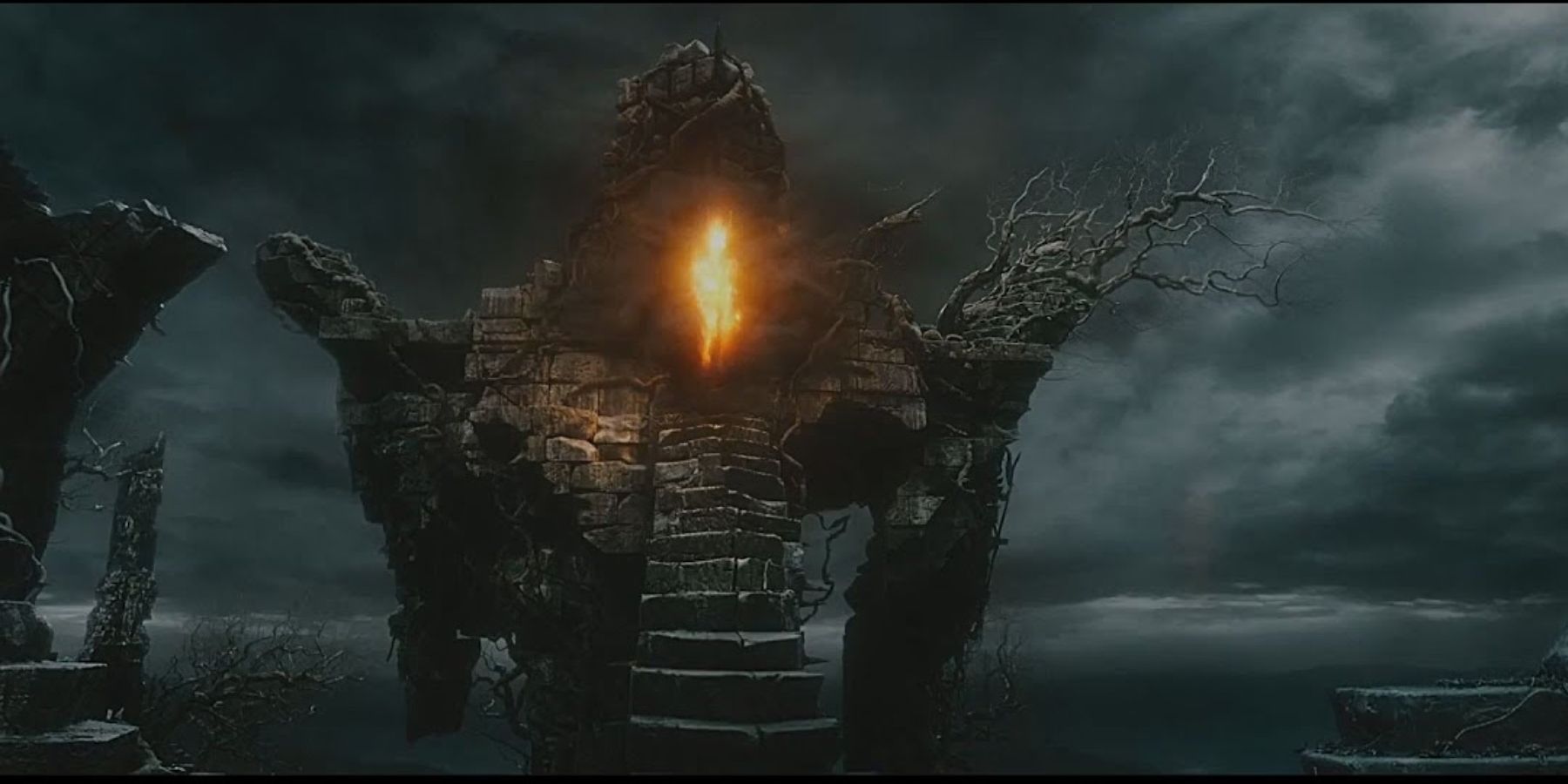One of the most important parts of human nature is the ability to learn from one's mistakes, and make sure that they are not repeated. This is a huge theme within Tolkien’s works. It is especially prominent in the fears of sons not wanting to repeat the poor actions of their fathers, like Boromir succumbing to the same pride and hubris as Denethor, or like Aragorn fearing he will be sucked in by the ring like his forefather Isildur.
History can be painful to look at, but it exists as a reminder for the characters to do better than what came before them, to make better choices, and to build a better world. And this is something that can only be achieved through love and peace and harmony, like that which is shown by the fellowship. They succeed in their mission to destroy the ring only because they are true to one another, and never falter in the bond that binds them together on their journey.
However, there is one character in the Lord of the Rings whose sole aim is to try to repeat a great evil in history, and to see it all the way through to the end, before he can be stopped: Sauron, who is aiming to carry out the will of his former master Melkor. He has even taken the evil ambition one step further, and warped it into some of the most dangerous creatures in Middle Earth. Sauron wants to achieve what Melkor could not, and claim the world for himself, to rebuild in his own cruel image. Melkor first attempted this when Middle Earth was still being formed, back when the Ainur were first learning how to bring things to life with their beautiful music. It is recorded in The Silmarillion, the origin story of Arda, that:
The evil of Melkor and the blight of his hatred flowed out thence, and the Spring of Arda was marred. Green things fell sick and rotted, and rivers were choked with weeds and slime, fens were made rank and poisonous, the breeding place of flies; and forests grew dark and perilous, the haunts of fear, and beasts became monsters of horn and ivory and dyed the earth with blood. Then the Valar knew indeed that Melkor was at work again, and they sought for his hiding place.
From this extract, it is clear that Melkor takes great delight in corrupting beautiful things. This is a trait that all of the evil things in Middle Earth share. It is shown in Sauron’s annihilation of the lands of Mordor, turning them into a foul and barren wasteland; it is seen in Saruman’s chopping and burning of the trees around Isengard, which he twists into his orc army. Within the world of Lord of the Rings, is easy to spot a villainous character when they take delight and pleasure in ruining innocent, beautiful things.
But this particular description of the disease that Melkor pours into the woodland may be remarkably familiar. That's because it is exactly what the audience sees depicted onscreen when Radagast first appears, scurrying through the woodlands in Rhosgobel, picking rotting mushrooms out of the ground and mourning the animals that lay dead upon the grass. It is clear that the forest is sick. This illness has stretched all the way out into Mirkwood, which was once green and beautiful, but is not crawling with deadly creatures, and poisoned from the roots in the soil down to the very water running through its lands. There is sap oozing from tree-trunks, leaves covered in slime, and general signs of pestilence that are proof of evil powers at play.
The sickness in Rhosgobel is the first sign that an evil lord has returned to strength in Middle Earth, just as the sickness that Melkor brought was the alert to the Valar of his nefarious plans. Thus, it makes a lot of sense that these two scenes, set across very different times and Ages of the world, would look so similar. After all, Sauron was Melkor’s right-hand man, and learned a lot of his cruel and dark magic from him. He is therefore is imitating the malady that his master inflicted on all things green and beautiful, as a warning to the opposition of his strength and his might.
This is the start of Gandalf realizing that the famed Necromancer, as he is known around the lands of Angmar, is actually Sauron. The grey wizard realizes that he is rising once more to reclaim his ring of power, and complete Melkor’s mission to achieve total dominion over the world. This is later confirmed when the White Council confronts the Necromancer in Dol Guldur, and he summons the Nine Ringwraiths who were once great kings of men. Galadriel is able to summon all of her strength to banish him, but the devastation that he has already put into place lasts for many years. Those who know the Lord of the Rings know this story: he is finally defeated in the War of the Ring, when Gollum falls into the flames of Mount Doom, destroying the rings forever. It would be a long time before that would come to pass — yet long before then, the warning signs were already at play.



